Oklahoma-based builder makes all-new Boss 429s powered by a 514 cubic-inch with more than 800 black stallions under the hood.
Once upon a time, Ford dropped its 429 on an unsuspecting NASCAR, aimed at the likes of Chrysler and Chevrolet in order to power past the competition to the checkered flag. Of course, the racing organization required the Blue Oval to make 500 vehicles equipped with the big motor in order to use it at Daytona, Martinsville, and Talladega, so it dropped more than a few in the Mustang, giving birth to the 1969-70 Boss 429.
Today, you can have an all-new Boss 429 courtesy of Classic Recreations, located in the Oklahoma City suburb of Yukon. But as Donut Media’s own James Pumphrey goes on to explain, this continuation series pony has more going for it than meets the eye.
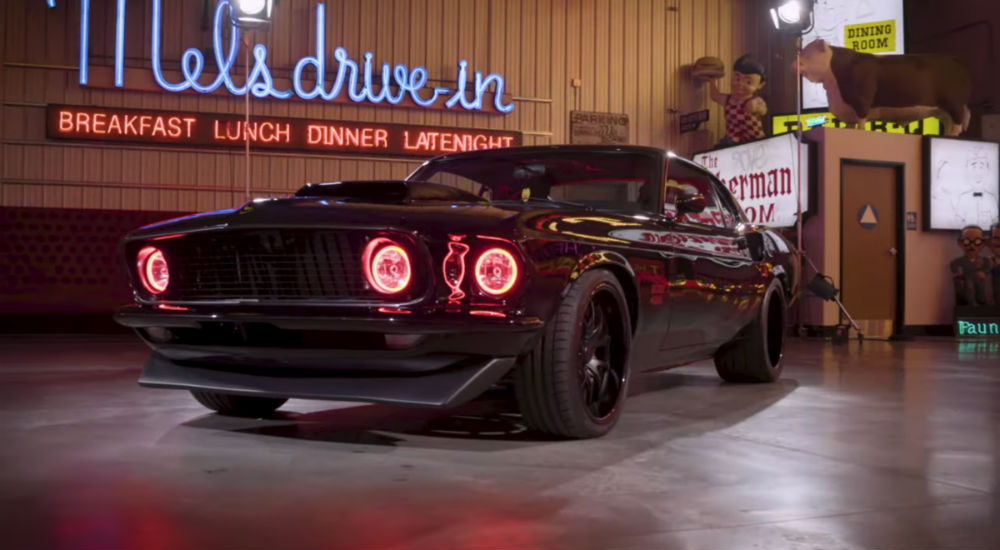
“Classic Recreations in Yukon, Oklahoma didn’t choose just any old Mustang to base their build on,” said Pumphrey. “To build the ultimate custom Mustang, you gotta start with the ultimate stock Mustang… Classic Recreations owner Jason Ingalls says this car is his vision for how he would have built the Boss if he was in charge of Ford at the time.”
As an official Ford and Shelby continuation builder, Classic Recreations’ ’69 Boss 429 is considered a brand-new Mustang, according to Pumphrey. Their Boss 429 build can be made with an old body or a brand-new one from Ford. From there, they’ll do things like black-out all the trim pieces, make the tail lights flush with the backside of the car, and more to make the pony “look sleek and modern.”
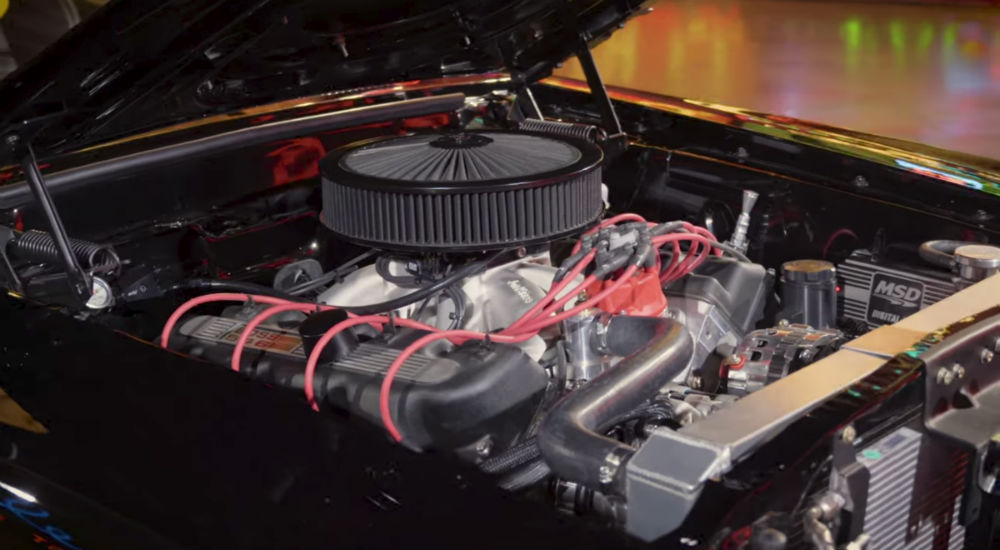
“Aesthetics weren’t the only thing Classic Recreations tweaked,” said Pumphrey. “Under the hood, this Boss 429 is packing a 429, but this is a special 429… They started with a 429 crate motor, took it to their engine guy, and had him bore it out a little bit from 429 cubic inches to 546 inches. For you metric boys and girls, that’s almost nine liters.”
The builder sent off their bored-out 429 off to Jon Kaase Racing Engines in Georgia for a set of CNC-machined heads, then topped it off with an EFI system for easier tuning and some fuel efficiency (though most owners buying such beast aren’t likely to care too much about saving money at the gas pump in the first place, as Pumphrey notes). The whole affair makes 815 horsepower “and one helluva noise” from its dual exhaust pipes.
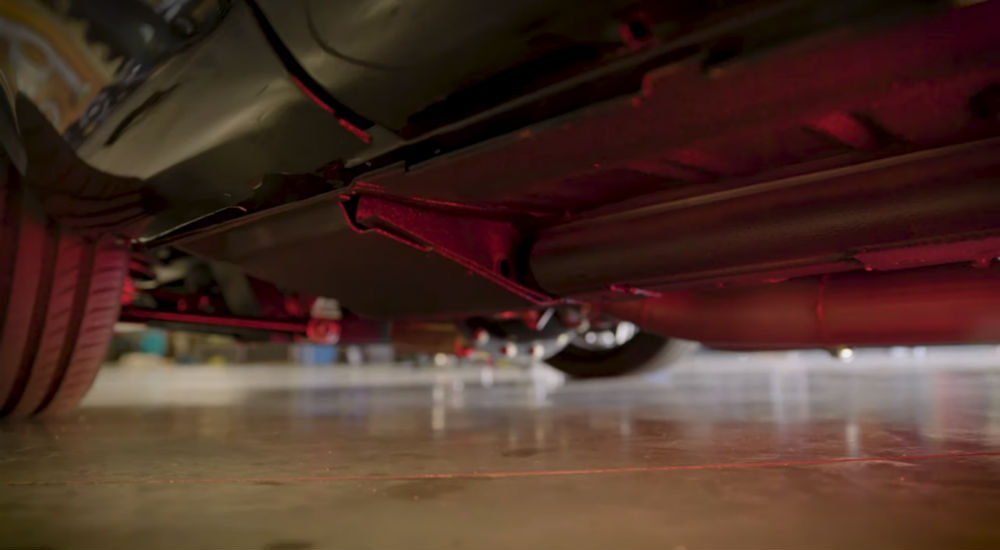
“To keep the car from completely ripping itself apart with all that power, baby, they upgraded the chassis with subframe connectors underneath the car,” said Pumphrey. “They’re pretty gnarly looking, big ol’ tubey-tubes connecting the front to the back of the car. These reduce the amount of twist on the frame when the engine torque is acting on it. The car is also equipped with torque boxes, which also help stop the body from flexing.”
According to Pumphrey, the original Boss 429s had a four-speed manual, but Classic Recreations kicked that to the curb for a six-speed unit from Tremec with twin clutch plates from Centerforce to handle all of those fire-breathing ponies from the 546; a four-speed 4R70W automatic is also available.
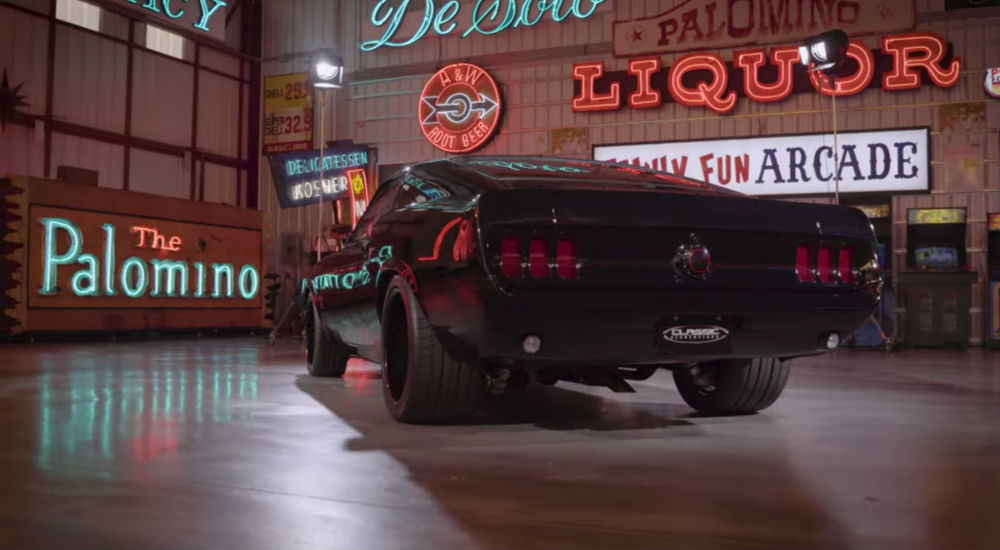
“It’s no secret that muscle cars handled like crap, especially by today’s standards,” said Pumphrey. “CR knew that customers would want the responsive handling and stability that we’re used to today, so in the front, the stock suspension has been replaced with a lighter and stronger tubular setup armed with adjustable coilovers, so you can dial it in to your liking.”
Over on the rear tires, the original leaf suspension was dropped into the trash can, and replaced with “a more capable four-link configuration” to keep the backside centered and provide more overall stability to the Boss 429 at high speeds.
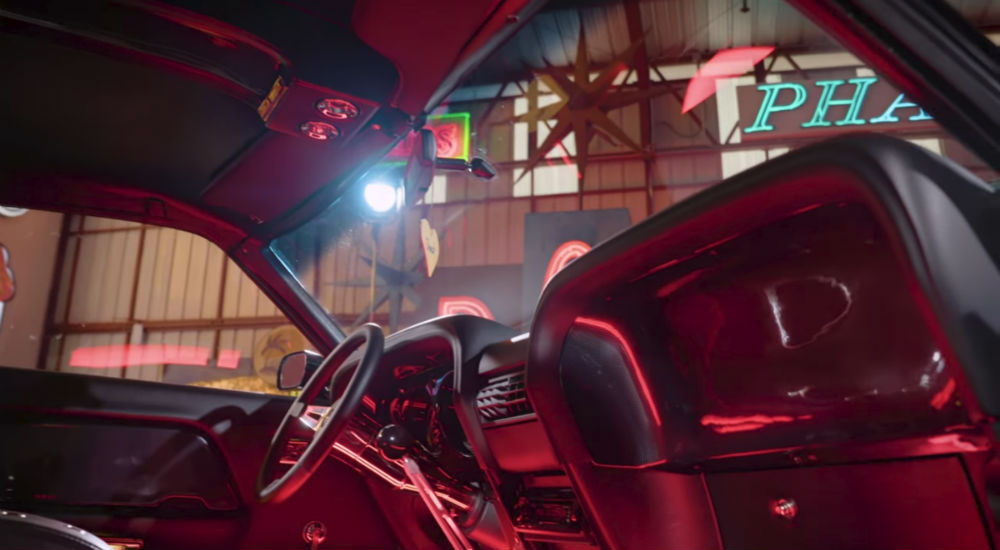
“On the inside, the 429 keeps with that old-school theme,” said Pumphrey. “The seats have a modern shape and bolstering to keep you in place, but they have rivets down the spine to remind you that, ‘Hey! This car be old, son!’”
It also has cup holders and an arm rest, neither of which were a part of the Boss 429 back in 1969 and 1970. The dash is signature Mustang, but with additional vents for the modern AC to keep you cool while piloting the monster pony. There’s also a set of five-point harnesses to keep you in your seat should things go south, and a rollbar to keep the roof off of your head.
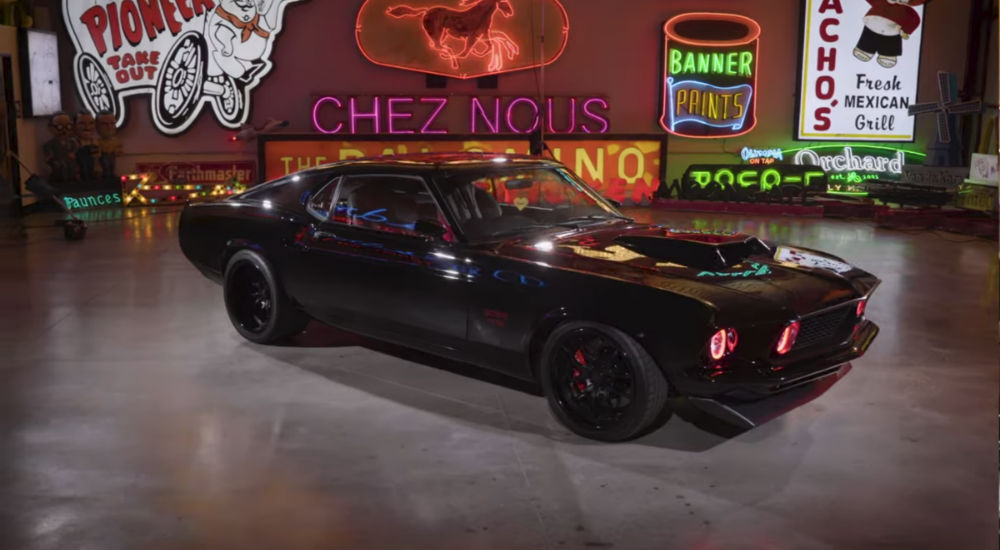
“The original Boss was a supercar for the street,” said Pumphrey. “A 500-horsepower beast that had the heart of a race car, poised to beat anything it sat next to at a stoplight. So, how do you build a Mustang that stands out against the millions that are already out there? You do it by making the best even better. You do it like this.”